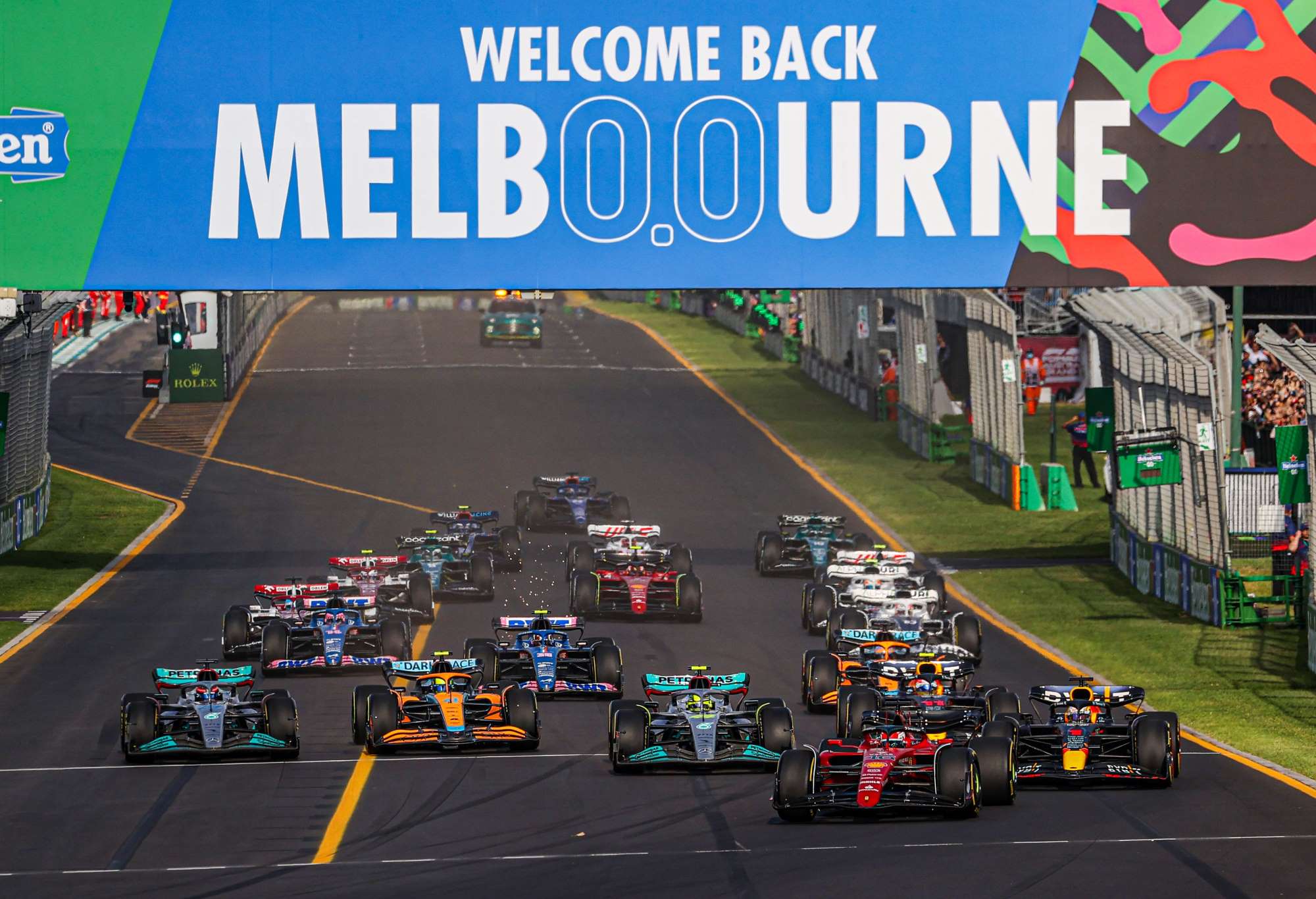Sweet revenge for Rafa as de Minaur downed to keep legend's Madrid fairytale alive
Alex de Minaur has missed out on the chance of a lifetime to beat Rafael Nadal on clay in successive tournaments, blown away by…
Picture it.
You’ve returned to work after the Christmas break, you are slowly returning to the habits you had before the luxurious Christmas period, where work seemed like a distant memory.
All of a sudden, your partner suggests going to the night time session of the Australian open, you are ripped from the monotony and leap at the opportunity.
You purchase the tickets on the afternoon of the night session you want to go to for $19 each, finish your workday and catch a tram for 20 minutes from docklands around to the main gate at the Australian Open.
All of a sudden you are attending a Grand Slam, something some avid tennis lovers can only dream of.

Rod Laver Arena. (Photo by James D. Morgan/Getty Images)
You can say this of almost any sport in Melbourne, AFL, cricket, soccer, rugby and to a lesser extent formula one – you have incredible access sport lovers wish for.
But what makes Melbourne the sporting capital?
It is a vast number of things, but let’s start with that 20 minute tram ride.
The sport precinct in Melbourne which houses the MCG, tennis precinct and AAMI park are incredibly well connected by 12 train lines at two stations, three separate tram lines directly access the area and Yarra Park can provide parking from those brave enough to traverse the roads.
By contrast, Wembley stadium is 45 minutes by train from the CBD of London, Metlife stadium where the NFL’s New York Giants and Jets play is only accessible by car, train or bus and takes 45 minutes.
Capital cities could never dream of being so close to its sporting stadiums, but Melbourne is truly blessed.
A trip to the football or a trip to the tennis requires very little forethought, you can make the last minute decision to go without having to travel great distances across the city.
Another part of what makes Melbourne the sporting capital is the sheer commitment the city shows to securing and keeping major sporting events.
Melbourne plucked the Formula 1 from Adelaide when the city was caught napping in 1995 and South Australia has regretted it ever since. The Melbourne event has become a staple of the F1 calendar and will remain in the city until at least 2035.

The start line of the Australian Grand Prix, held in Melbourne. (Photo by Bai Xuefei/Xinhua via Getty Images)
The Australian Open was originally played across five capital cities but in 1972, it was decided the event would only be played in Melbourne as the tournament’s highest patronage occurred in the city.
Each year the AFL puts on its biggest game of the season at the MCG, which will always be sold out, and whilst through the covid years other grounds got to taste the game the Grand Final will remain at the ground until 2059, despite the clear bias it provides to Victorian teams.
The Boxing Day Test is the biggest cricket match in the country.
While cricket fans lament the empty grandstands at a barely full Perth stadium, the MCG regularly impresses each summer with solid crowds, regardless of the opposition.
The grounds and venues coupled with state governments (Liberal and Labor alike) are always striving to lock in sporting events for years into the future.
This type of forward planning allows spending to occur to improve these grounds and arenas with the expectation the city will recoup the money for years after the improvements are complete.
Any city on the planet that wants to learn how to host and keep sporting events need not look any further than the city at the bottom of Australia’s mainland, Melbourne.